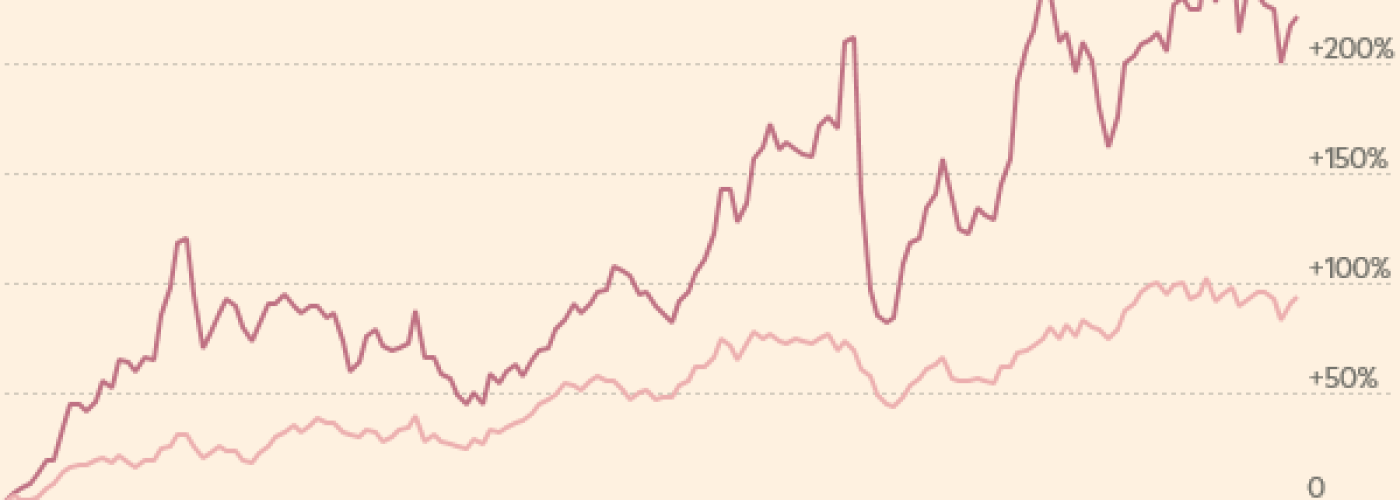 ©Dreamstime
©DreamstimeLafargeHolcim, the newly merged Swiss-French cement group, said it remains on track to achieve its earnings and synergy targets — despite reporting a sharp drop in operating profit in the first quarter of the year.
Shares in the Zurich-based company fell in early trading on Thursday after it reported that adjusted earnings before interest, tax, depreciation and amortisation had fallen by a larger than expected 21.5 per cent, to SFr824m ($851m), during the quarter, compared with a year earlier.
LafargeHolcim blamed the fall largely on pricing pressures, as well as one-off effects that had flattered the comparable period a year earlier.
Eric Olsen, chief executive, said the group had already secured price rises in two-thirds of its markets this year — including Nigeria and India, where price falls were particularly severe in 2015. However, prices are still lower than at this point a year ago.
Mr Olsen added that he expected to see “momentum building through the year”, and noted that the construction industry in North America and Europe is often hit by bad weather in the first quarter, meaning results are “not indicative of our full-year performance”.
LafargeHolcim’s share price is now down almost 40 per cent in 12 months, amid investor fears about its ability to deliver merger benefits in tough global economic conditions. Thursday’s results added to these concerns, said Phil Roseberg, an analyst at Bernstein. “Investors were anticipating a bad result,” he pointed out, “but not to this extent.”
Acknowledging a need to do more, Mr Olsen said he was accelerating programmes to reduce expenditure. “I have sent out internal targets for our organisation to cut much deeper into costs,” he told the Financial Times.
He noted that in China LafargeHolcim has managed to cut costs faster than prices. “So we actually made more money in China in the first quarter versus the first quarter of last year,” he said.
Mr Olsen also expected the global economic environment to become more favourable, with demand for cement picking up. Combined with the benefits of lower energy costs, he said this would enable LafargeHolcim to achieve “at least a high single-digit” like-for-like increase in adjusted operating ebitda in its full-year results.

In Europe, during the first quarter, the group experienced falling levels of activity in Russia and Azerbaijan, but found that France and Switzerland showed signs of improvement.
In the UK, activity slowed at the start of 2016, but Mr Olsen said he did not believe it was caused by uncertainty over the country’s referendum on membership in the EU. “I don’t see the direct link,” he said. “Big infrastructure projects or big commercial expansion projects — these are all things that are planned well in advance.”
LafargeHolcim was created last July through the €41bn merger of the French and Swiss cement companies Lafarge and Holcim, after they overcame a series of regulatory and management hurdles.
Copyright The Financial Times Limited 2016. You may share using our article tools.
Please don’t cut articles from FT.com and redistribute by email or post to the web.





